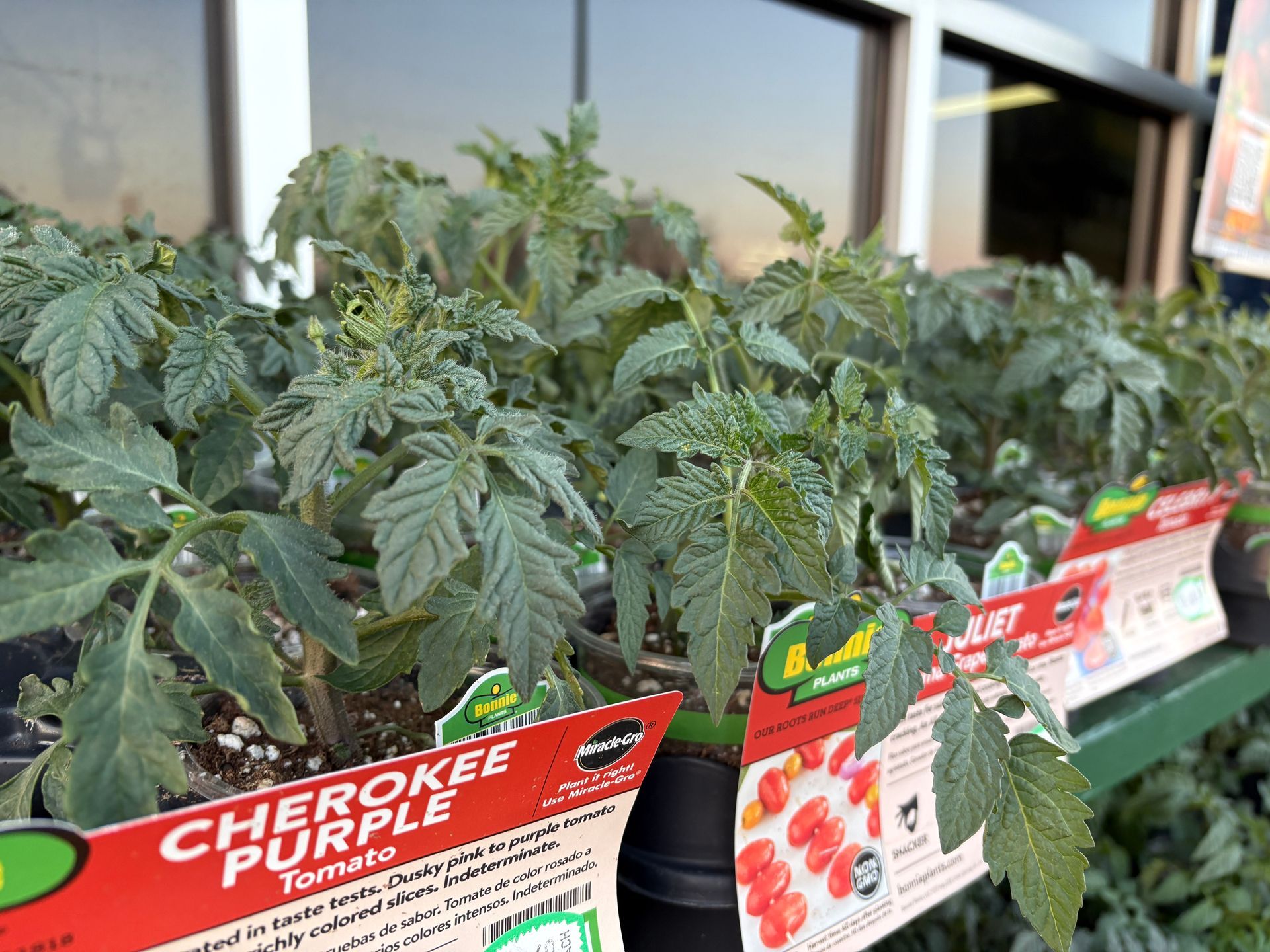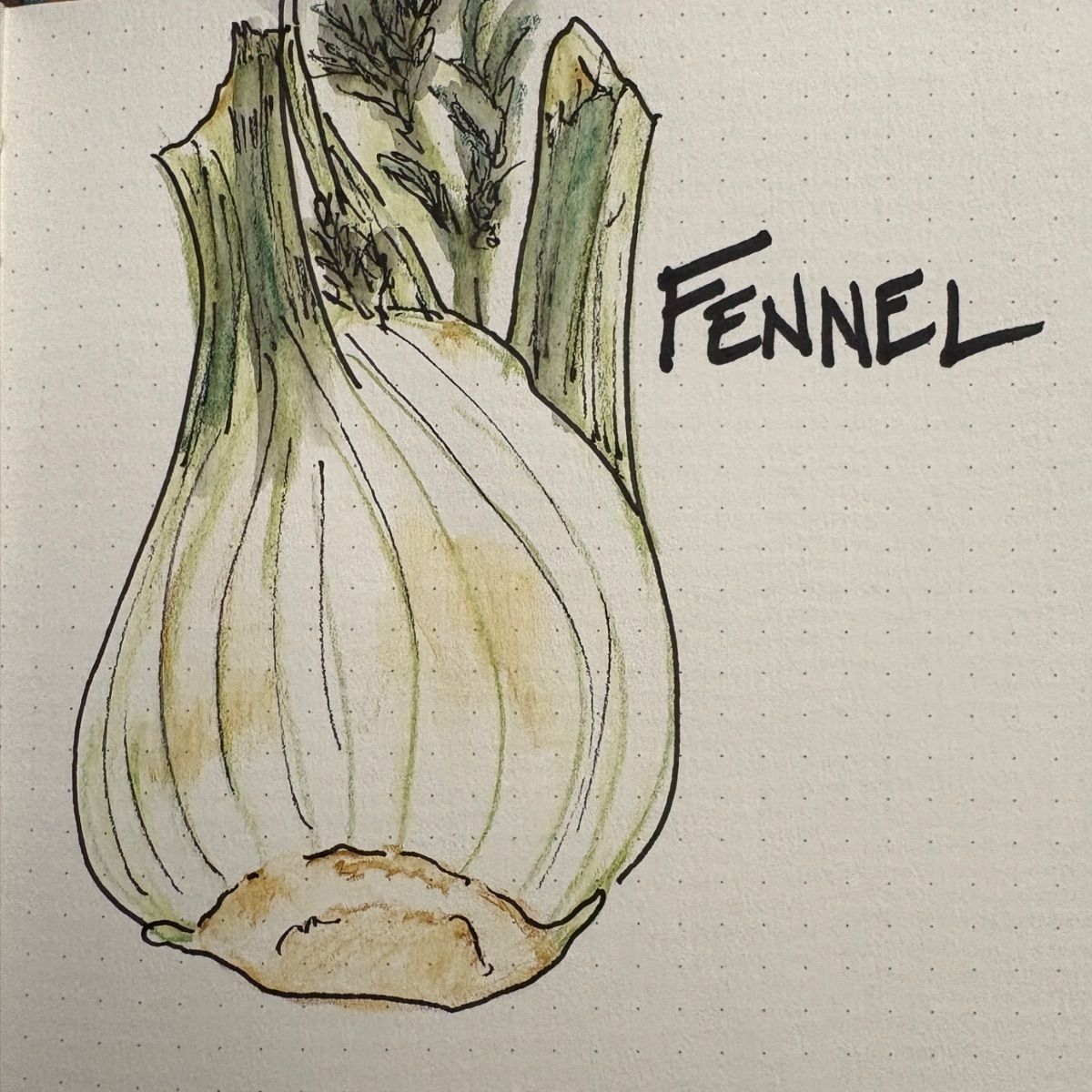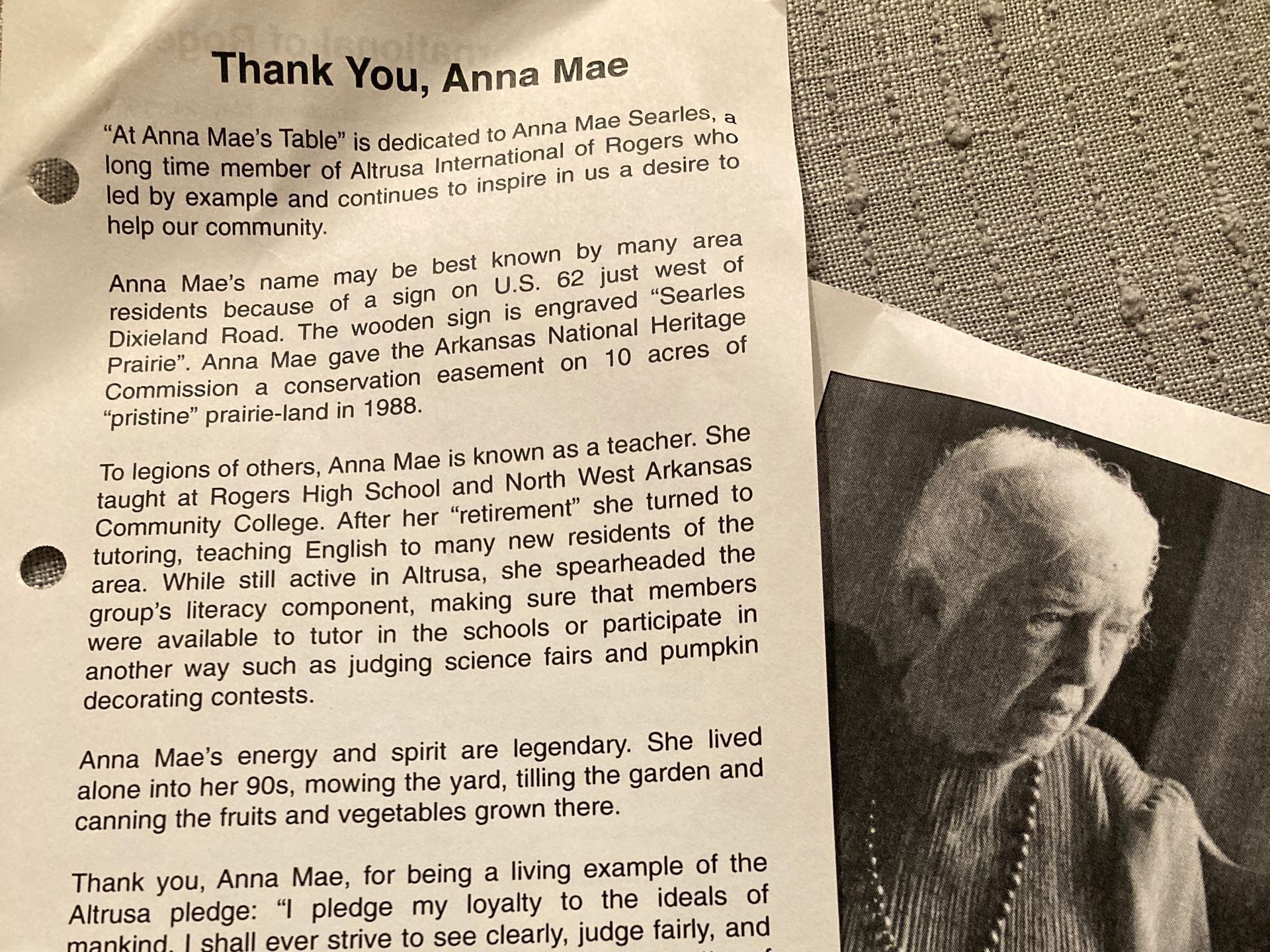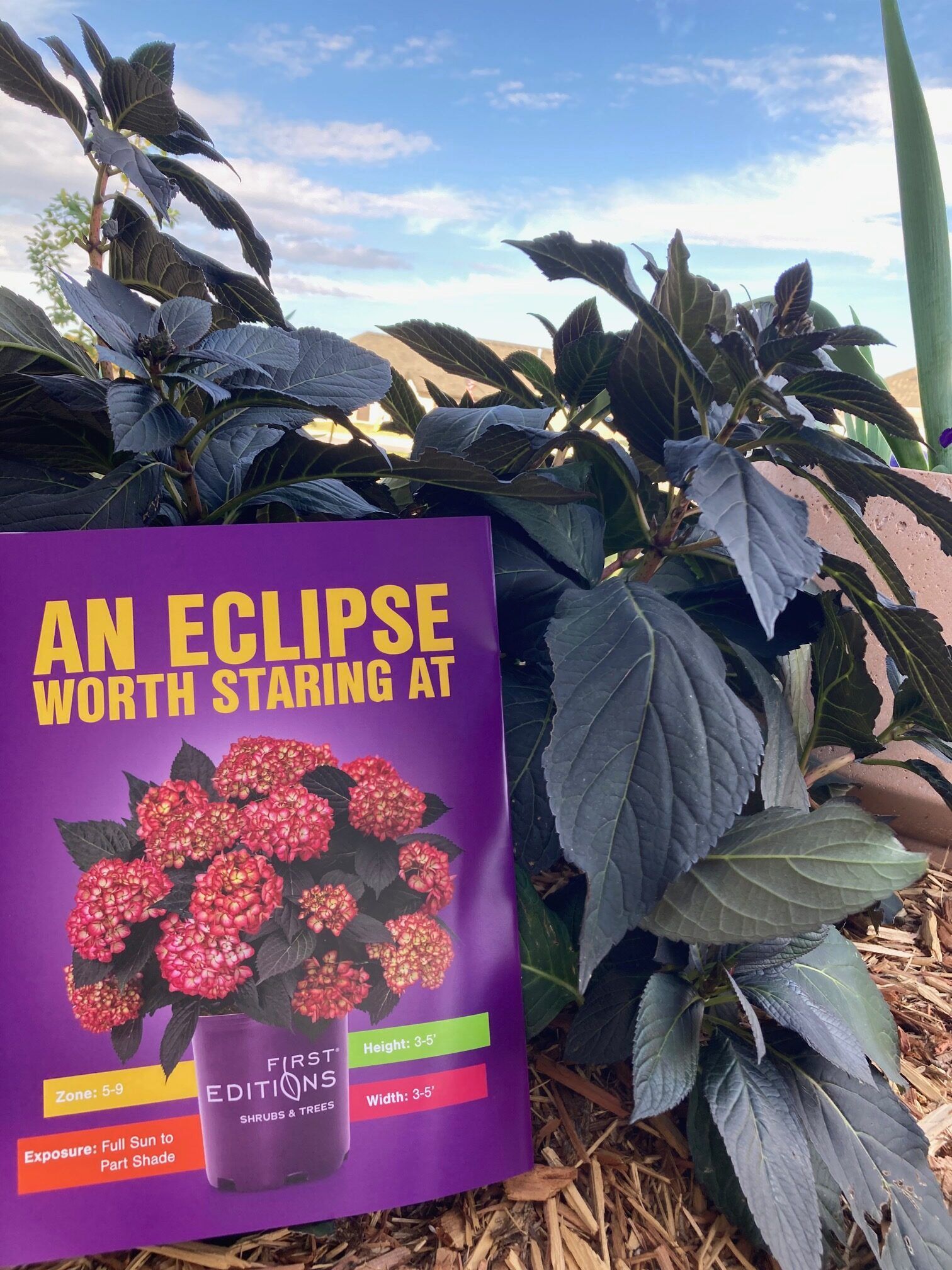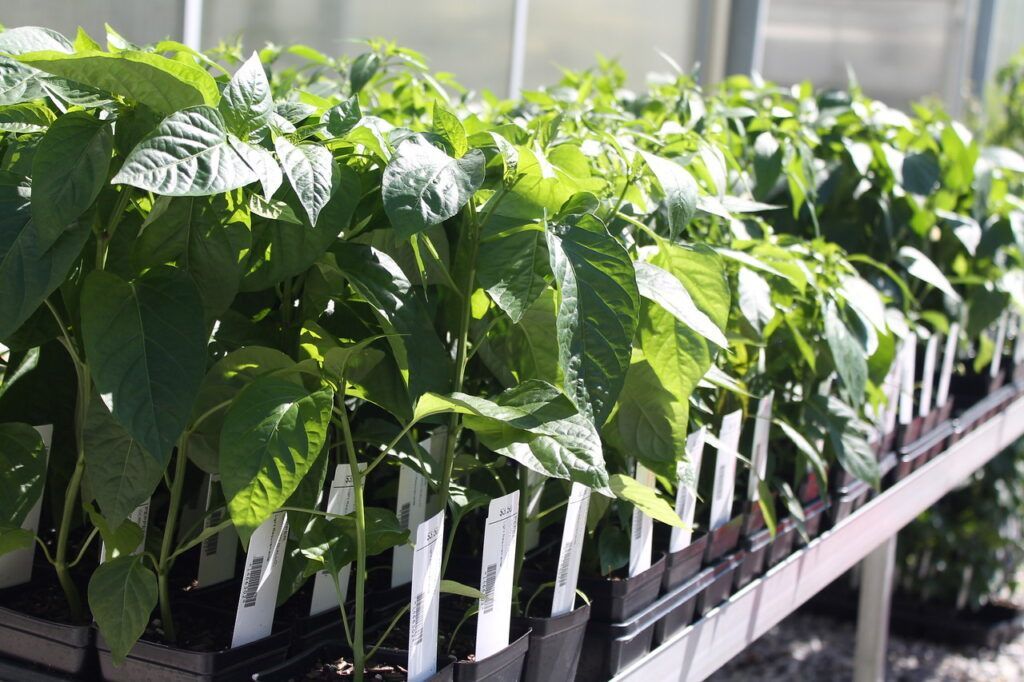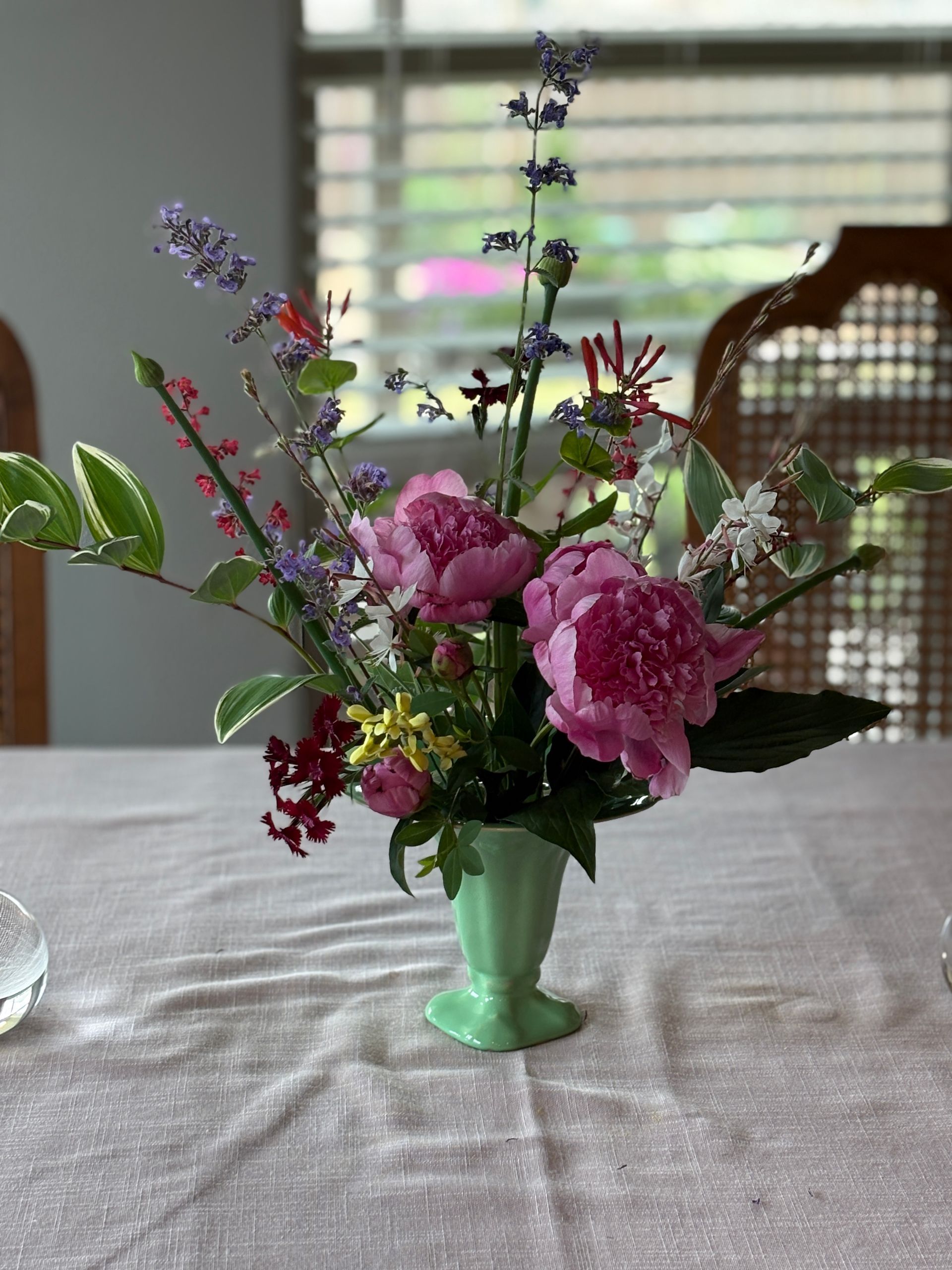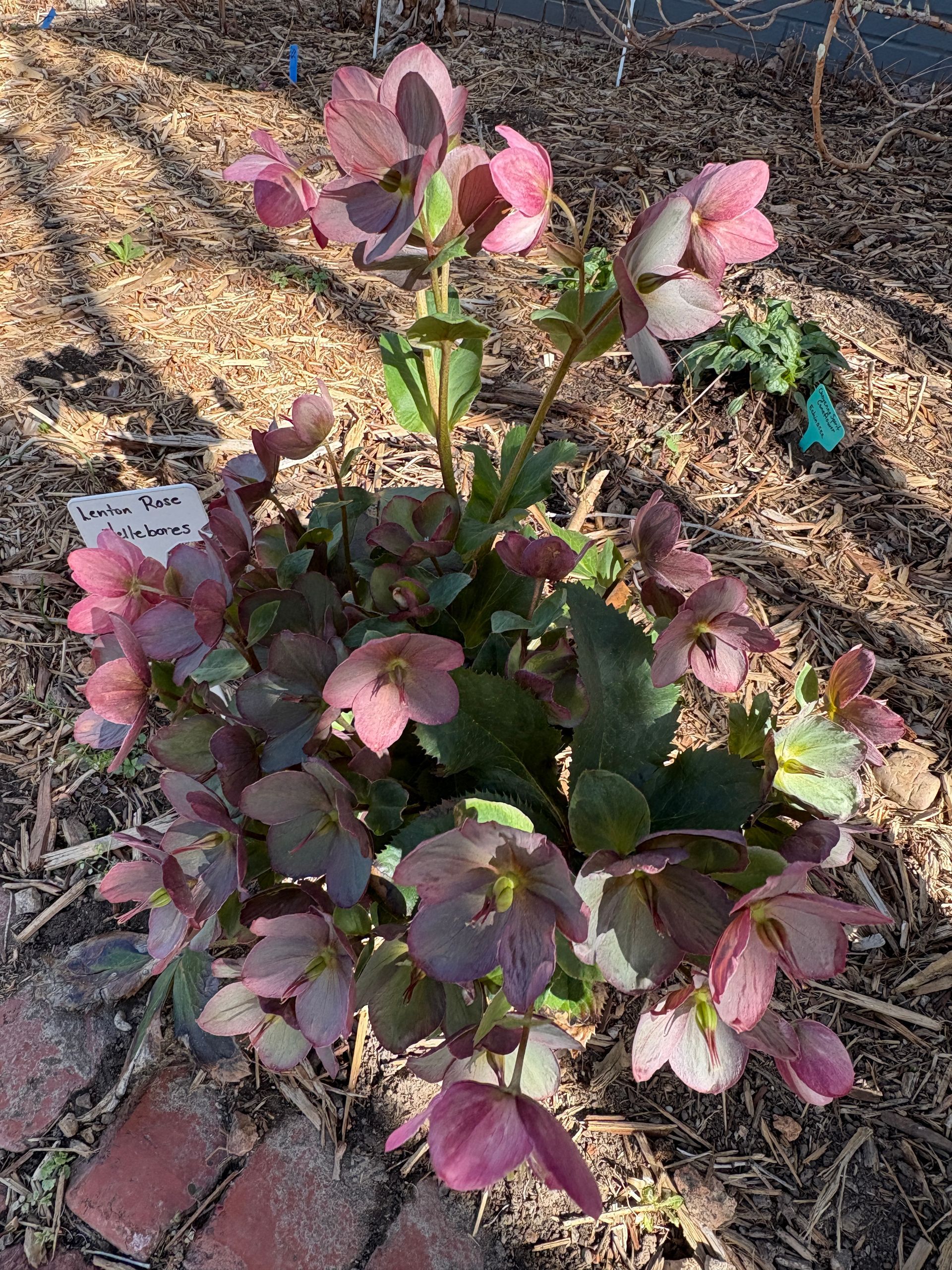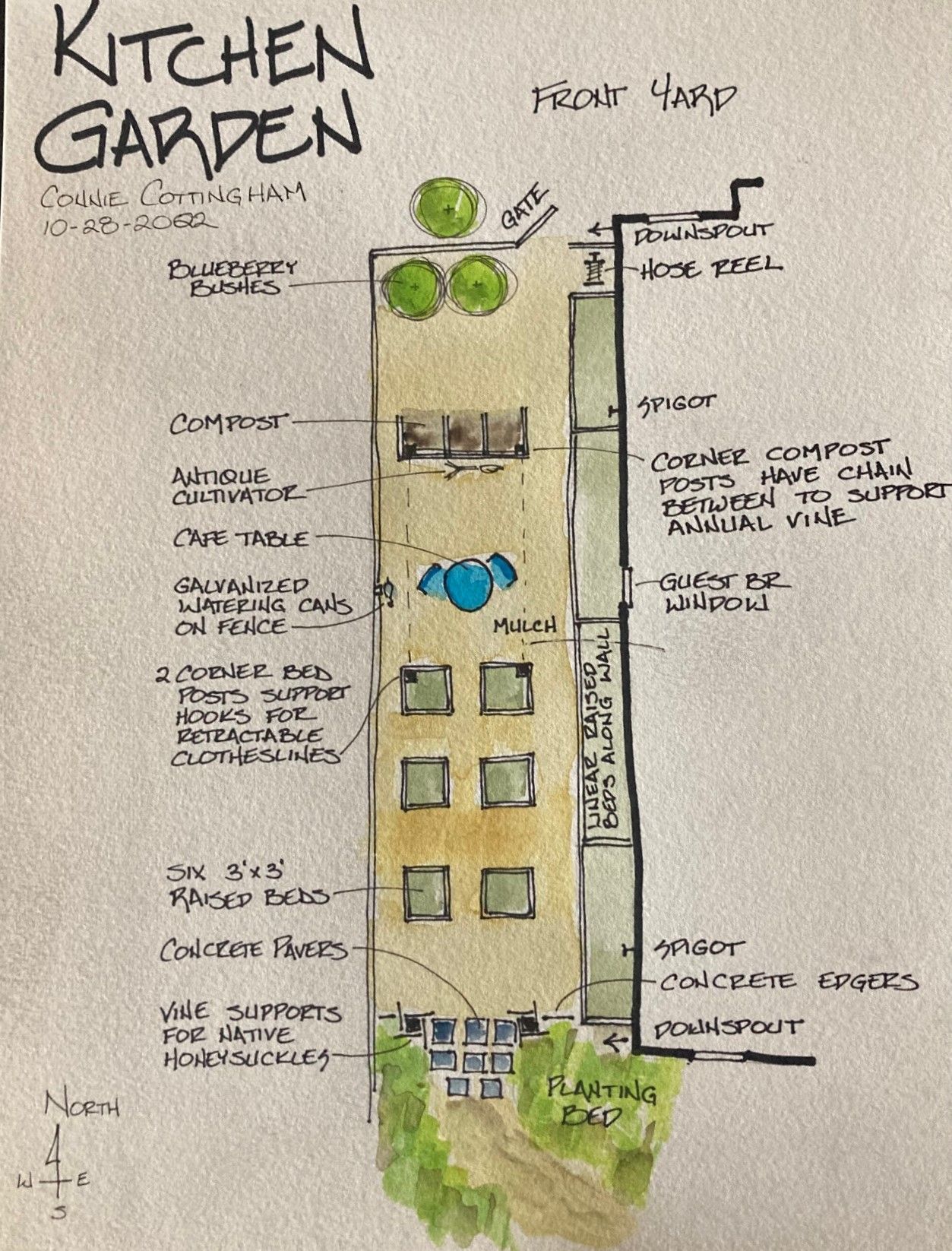Create an Arboretum in your garden
My father retired from the military and finally bought a piece of property when he was about forty years old. Mom artfully designed the interior; the eight acres of pasture was Dad’s domain. He quickly built an orchid greenhouse, subscribed to Organic Gardening magazine and started planting. He had the vision to know trees were an important first step, adding structure to the bare landscape. I was a toddler when we moved into that house and grew up with those trees. When my sister and I played house we would each ‘move in’ under a tree canopy. I would visit her at the birch and then she would come visit me at the pin oak. Forty-five years later Dad’s tree collection is now an arboretum around Mom’s house. Dogwoods and redbuds have had to be replaced, but maples and oaks and many other trees are majestic specimens.
Trees were clustered toward the edges of the large front yard, leaving the center open. This allowed for lawn, light and air, framed a view to and from the house, and created wind and privacy buffers. I thought that showed amazing wisdom and design flair on Dad’s part – turned out he was avoiding the septic field. But the end result is great, so I am copying it in my front yard.
Trees do frame a view and provide shade and privacy, but they do so much more. They are long term, multi-season plants that celebrate changing seasons with foliage color change (even some evergreen conifers), berries and blooms. They add structure to the landscape, creating the ceilings and walls for our ‘outdoor rooms’. They provide habitats for many animals, serving as homes for birds and host plants for butterflies. Some even provide figs, nuts, or apples. Fallen leaves and pine needles from trees can be a great source for mulch or compost (let’s not discuss the fallen sweetgum balls – not everything in nature is sunshine and rainbows).
There are videos on www.arborday.org that show you how to plant a tree. Plant the tree a few inches higher than the surrounding land, because soil will settle and drainage is very important in Georgia. Experts recommend trees be planted in holes that are just deep enough but three times the width of the rootball. Backfill with the original soil, because too many soil amendments can create a bog or discourage roots from expanding beyond the original hole. Mulch well around the tree after planting, but keep the mulch a few inches away from the trunk to discourage diseases and pests.
When planting, look at the structure of the tree. Remove any dead or broken branches and prune to stop branches from crossing or rubbing. Every gardener should have a well illustrated pruning book. If not, turn to the Internet, but look at several sites, especially reputable sites like the Cooperative Extension and other sites mentioned here.
If you have several trees you may want to walk through your property with an arborist (your city may have an arborist on staff) to find out what should be done. A certified arborist (find one at www.treesaregood.com ) can help you identify trees, point out problems, and recommend pruning.
When I wrote an article about planting trees for my local paper a lady invited me to her house for tea. After tea she toured me through her property, explaining “I just want you to see what happens when you plant too many trees.” It is easy to get impatient and plant lots of trees. Although one approach to corporate landscaping is to plant many native trees close together to create a woodland, trees that are given enough space can mature into attractive specimens. Consider clustering trees where mature tree branches will intermingle and shade out grass on the mulched area below, leaving open areas between the clusters of trees to bring light and air into your landscape. Your landscape design may improve if you look at the lawn as a smaller, smooth-edged feature within your landscape instead having the trees as little mulched islands within a lawn.
Annuals liven up an area right away, but trees are planted for the future. And, invariably, the future comes. Someone once told me “You can’t start any earlier than now”. Well, you can’t plant a tree any earlier than now. Early February is the best time to plant a tree in Georgia, as the roots will have several months to get established before summer’s heat arrives. And you can’t start that arboretum any sooner than now. Can you plant trees in summer heat? Sure, if you keep them mulched and watered well – at least during their first year.
